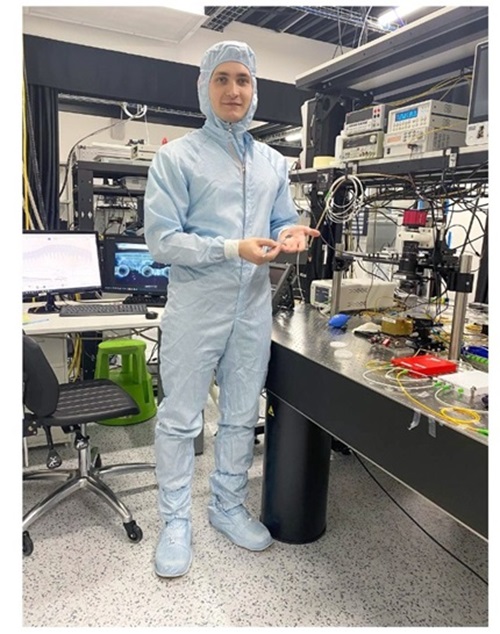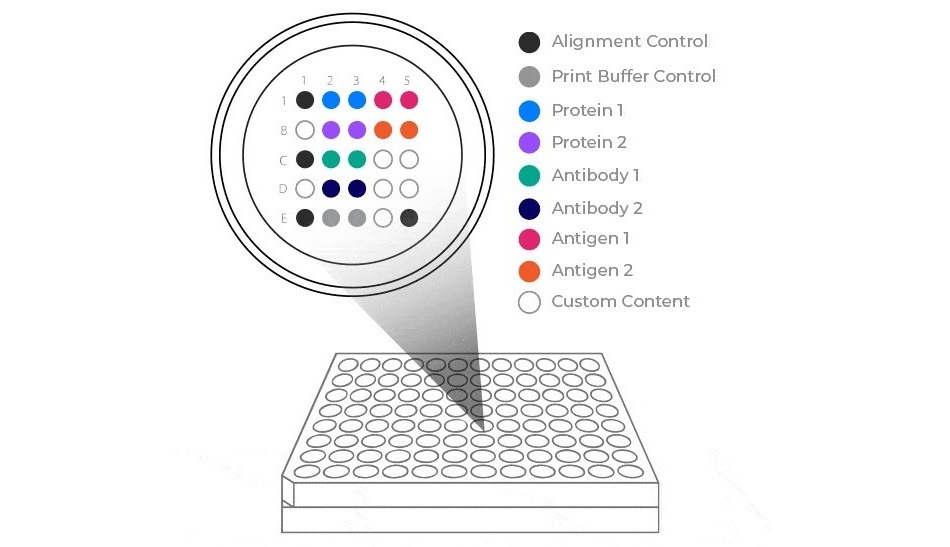Rapid Blood Test Detects Breast Cancer Markers within 20 Minutes
Posted on 01 Feb 2024
Small extracellular vesicles (sEVs) are biomarkers for breast cancer and take the form of tiny bubbles ranging from 20 to 150 nanometers in size. These vesicles play a crucial role in substance transport and cell communication within the body. Found in blood and other body fluids, sEVs carry various molecules that indicate the presence and stage of breast cancer, with their concentration being a key factor. The traditional method for measuring sEV levels relies on expensive animal-produced antibodies, making it both costly and time-intensive due to the preparation of bodily fluids. Additionally, the instability of antibodies adds to the complications. Now, scientists have developed a new method to diagnose breast cancer markers quickly, within just 15 to 20 minutes, using a minimal amount of blood sample.
The supersensitive system developed by a team of scientists, including researchers from Skoltech (Moscow, Russia), combines photonic sensors and microfluidics to spot breast cancer early on, thereby allowing timely intervention and evaluation of treatment efficacy. The blood test is conducted on a microchip that identifies the sEVs. To gauge the concentration of sEVs, the system utilizes photonic microsensors, which are microchips carrying signals through light particles or photons. The fluid under analysis flows through a very narrow channel, whose walls are coated with specialized 'target' molecules [DARPins] at the intersection with the waveguide carrying light. As the vesicles pass, they adhere to these molecules, and their quantity affects how light moves along the waveguide, a change that is measurable.

According to the researchers, the approach offers several benefits. The molecules deposited on the microchannel walls are smaller and less expensive than antibodies, and the photonic integrated circuits have a relatively simple design to facilitate future mass production. This new breast cancer screening technique could make the procedure more accessible and cost-effective. The device's microtubes are washable, and its sensor’s active layer can be re-applied for reuse. However, experts caution that sEVs are not solely linked to cancer, as all cells produce them in varying quantities based on the body's condition, such as health status and diet. Therefore, careful application of this method is crucial to avoid false positives or negatives.
Nevertheless, the test's simplicity makes it suitable for routine medical examinations. Early detection and appropriate responses could lead to more favorable outcomes. The method’s potential extends to diagnosing other diseases, indicating its scalability. In the future, the device might even facilitate simultaneous screening for multiple diseases. Additionally, the possibility of analyzing other bodily fluids, like urine, may be incorporated as the technology advances. However, while the microchip itself could be inexpensive, the required analysis device might be costly and need specialized operators. The conservative nature of healthcare, often favoring infrastructurally convenient solutions that integrate with existing hardware and do not require personnel retraining, is an important factor in the development of new medical techniques and equipment. The researchers will now further develop the method taking into account its affordability and compatibility with the medical equipment routinely used in clinics.
“Breast cancer diagnostics is an actively developing area of Russian health care. The main advantages of the newly proposed method are the rapid test results, the small amount of biological fluid required, and the capacity for repeated use,” said Irina Shipunova, a senior research scientist at the National Medical Research Center of Hematology.
“Using biophotonics to detect oncomarkers, and tumor-specific microvesicles in particular, is a promising approach. Such solutions could make tests faster,” added Albert Rizvanov from Kazan Federal University.
Related Links:
Skoltech













